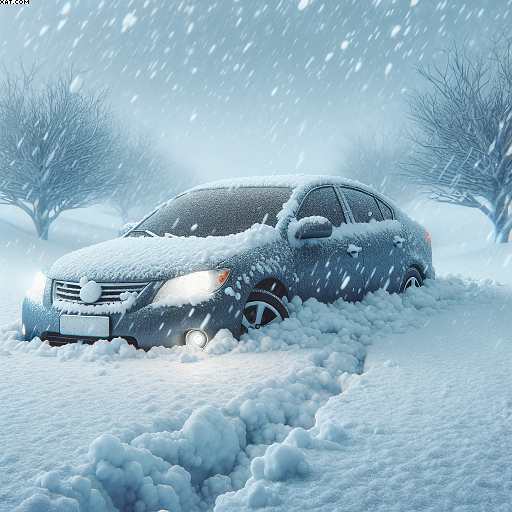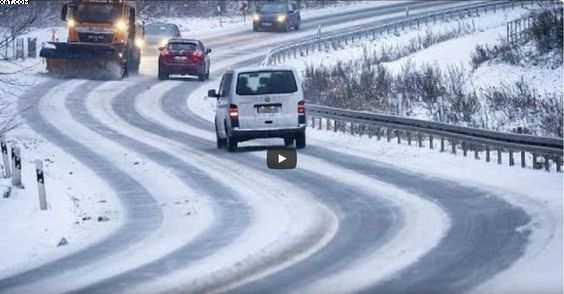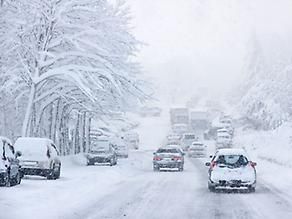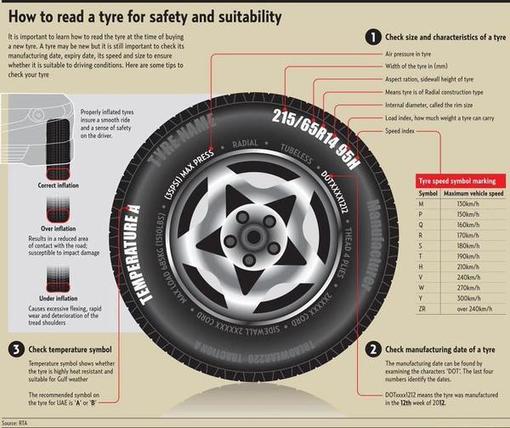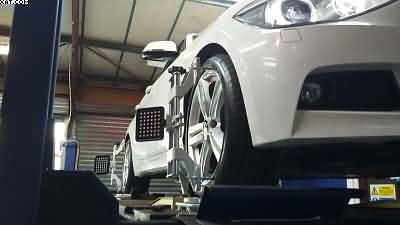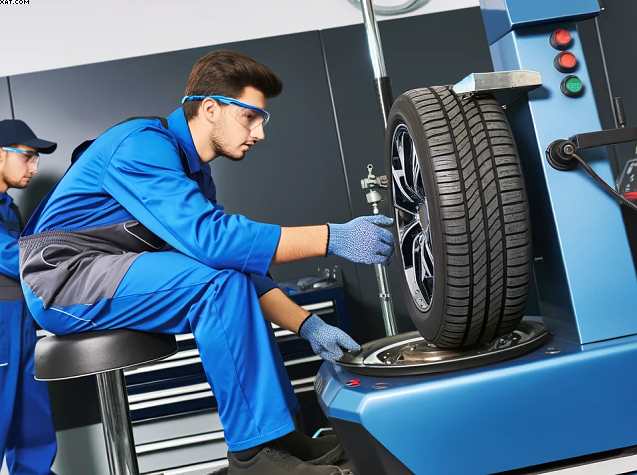Table of Contents
Audi A4 Knocking Noises
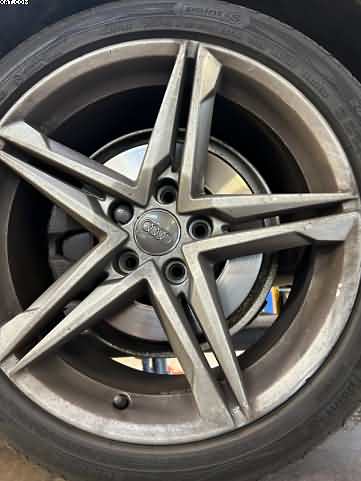
Audi A4 Knocking Noises
It’s astonishing how many people opt to ignore odd noises
Of course, emanating from their cars, but if something seems amiss, it’s best to avoid the area. Recently, at Pellon Autocentre in Halifax, there was a bit of a bombshell. When navigating corners, a customer of ours brought in his Audi A4 and reported hearing an odd pounding noise.
Now, you might be thinking, “Oh, it’s probably nothing serious,” but upon closer inspection, we discovered that four of the wheel bolts on his automobile were missing! Yes, you read correctly; there was just one bolt holding the wheel in place. Obviously, that knocking sound was there!
This might have been a very bad situation. Audi A4 Knocking Noises
The customer had just been driving from York to Halifax on the M62 motorway and was extremely fortunate that the wheel did not completely come off, as this might have easily occurred on one of Halifax’s winding, mountainous roads.
Envision manoeuvring around one of those narrow turns with just a single bolt securing your wheel. This is the kind of situation that gives you the chills.
What is the lesson in this instance? Don’t dismiss any strange noises you hear, such as rattling, grinding, or knocking. Since cars are meant to operate smoothly and silently, any unusual sound is typically an indication that something is wrong.

Even though the noise seems minor at first, it frequently signals the impending emergence of a more serious issue. In this instance, the reason our customer heard the knocking was because the wheel was changing when cornering. If he had delayed, there might have been grave repercussions for both him and other drivers.
We’re used to challenging driving conditions
Here in Halifax, especially during the winter. Potholes and steep inclines on the sometimes-rough roads put additional strain on your car. A small problem, such as loose wheel bolts, can develop into a serious safety risk very rapidly.
For this reason, we always advise getting something checked out right away if you hear something. Being safe is far preferable to being regretful.
We see all kinds of issues at Pellon Autocentre, from engines ticking to brakes grinding, but this one really caught our attention. Any noise you hear from your wheels and tyres is something to look into.
A “clunk” that you hear when turning could indicate that your wheel bolts are loose, like in the case of this Audi A4. This customer might not have been travelling for very long before the wheel entirely came off, possibly resulting in a serious accident, had he ignored the sounds.
So, take this as a little advice from us: Audi A4 Knocking Noises
Don’t hang around if your automobile begins to produce noises that it didn’t before. Bring it in, have it examined, and steer clear of a potentially hazardous circumstance.
Of course, it can be something minor, like a loose wheel bolt, or it might be something much more serious, like that, but for peace of mind, it’s always worth getting looked out for.
Consider any noise that doesn’t sound quite right the next time as your car’s signal that something is wrong. At Pellon Autocentre, we’re always here to make sure your car is secure. Thus, don’t wait until it’s too late—a fast examination could potentially spare you from a dangerous circumstance!



